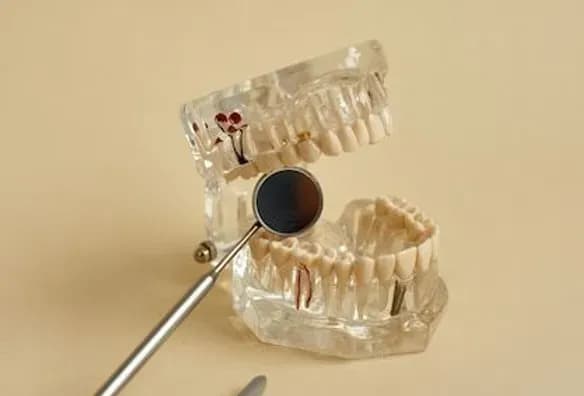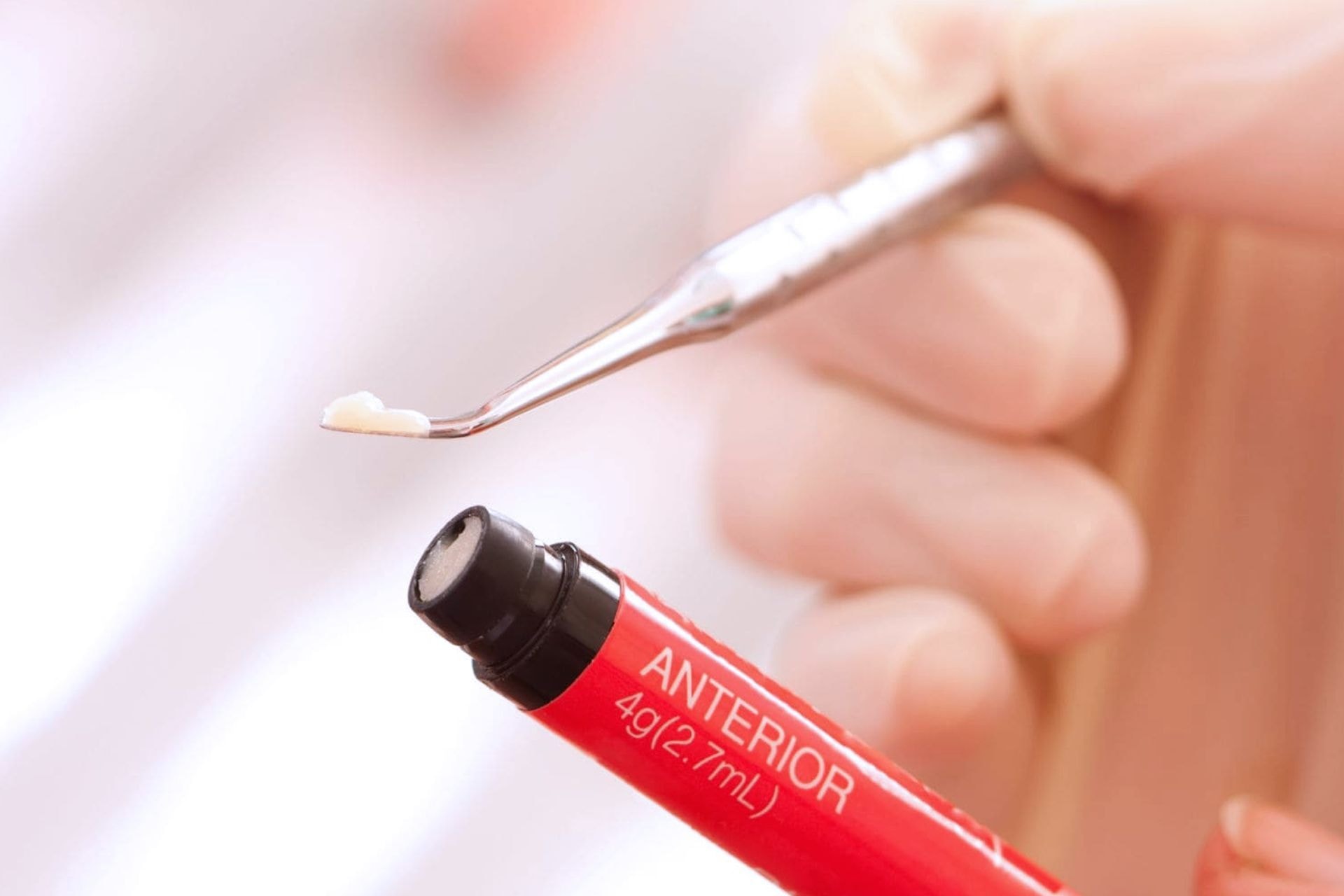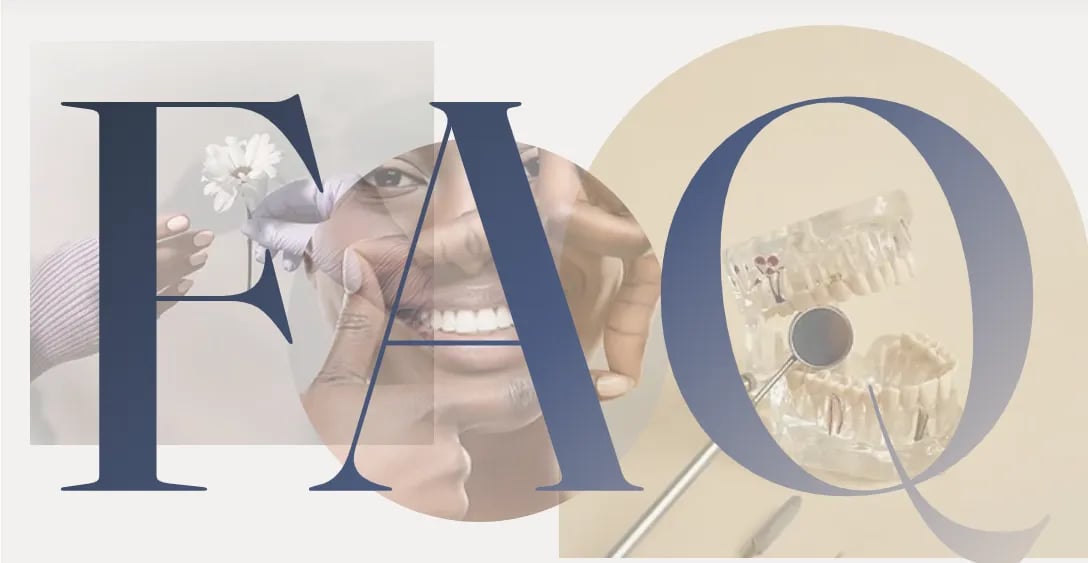



Composite bonding is a procedure cosmetic dentistry frequently uses to restore discolorations on teeth, gaps between teeth, or breaks in teeth due to various reasons, with composite filling material compatible with the natural tooth color. In composite bonding, also called dental bonding, composite material is adhered to the surfaces of the teeth with composite filling material by a bonding process. Composite bonding prioritizes both dental health and cosmetic dentistry. Therefore, it is possible to acquire a lighter-colored and more aesthetic appearance with this procedure without damaging the natural structure of the existing teeth.

At Dera Dental in İstanbul, composite bonding and veneer procedures typically require a 2-day stay. For full-set bonding, we may recommend extending your stay to 3 days, depending on your individual dental needs.

At Dera Dental in İstanbul, composite bonding costs between €100 and €150 per tooth, depending on the case. We also offer package options— Write us to get information!

At Dera Dental, we use premium materials and meticulous techniques in our composite bonding treatments. That’s why we offer a 12-month warranty—ensuring your smile stays beautiful and long-lasting.







Patient groups with low to moderate substance loss in the teeth qualify for composite bonding in case of physical and aesthetic problems. Composite bonding is possible when there is no severe substance loss in the teeth. Therefore, for these non-traumatic procedures to meet expectations when applied, there must be low to moderate substance loss in the teeth and no excessive aesthetic loss.

Patient groups with low to moderate substance loss in the teeth qualify for composite bonding in case of physical and aesthetic problems. Composite bonding is possible when there is no severe substance loss in the teeth. Therefore, for these non-traumatic procedures to meet expectations when applied, there must be low to moderate substance loss in the teeth and no excessive aesthetic loss.

Composite bonding and laminate veneers, which are popularly used in cosmetic dentistry, are two completely different applications in terms of material, durability and procedure. Composite bonding is a special resin applied to the tooth surface, then shaped and roughness is removed. It does not harm the tooth and is completed in a single visit. Although it is affordable in terms of cost, it can be easily deformed.
Laminate veneers are thin porcelain shells that are produced in a laboratory according to your needs after your tooth measurements are taken. Before bonding these porcelain shells to the tooth, your tooth surface must be minimally carved. It provides superior results in terms of aesthetics and can be used for many years as it is a durable material. It is more expensive than composite bonding in terms of cost.
Composite bonding and laminate veneers, which are popularly used in cosmetic dentistry, are two completely different applications in terms of material, durability and procedure. Composite bonding is a special resin applied to the tooth surface, then shaped and roughness is removed. It does not harm the tooth and is completed in a single visit. Although it is affordable in terms of cost, it can be easily deformed.
Laminate veneers are thin porcelain shells that are produced in a laboratory according to your needs after your tooth measurements are taken. Before bonding these porcelain shells to the tooth, your tooth surface must be minimally carved. It provides superior results in terms of aesthetics and can be used for many years as it is a durable material. It is more expensive than composite bonding in terms of cost.
Composite bonding is a painless procedure that typically takes about 30 to 60 minutes per tooth. Here's what you can expect during your visit:

Composite bonding is a painless procedure that typically takes about 30 to 60 minutes per tooth. Here's what you can expect during your visit:

If the patient ensures regular professional care and daily oral care, composite bonding can be easily used for at least 5-7 years. This period can be longer with proper care.
Composite Bonding stands out as a simple and effective solution to enhance your smile without the need for complicated or costly procedures. When compared to other cosmetic treatments, it offers several important advantages:

Composite Bonding stands out as a simple and effective solution to enhance your smile without the need for complicated or costly procedures. When compared to other cosmetic treatments, it offers several important advantages:

Composite bonding material is not as resistant to stains as porcelain veneers. In addition, the material is less durable than other restorative options (laminate veneers and crowns). Therefore, it can break over time and its lifespan is shorter than others. In general, composite bonding is a more preferred solution for making small cosmetic changes.
Although composite bonding may appear to be a more affordable option initially, laminate veneers can be more cost-effective in the long run due to their superior durability and long-lasting color stability.


Composite bonding material is not as resistant to stains as porcelain veneers. In addition, the material is less durable than other restorative options (laminate veneers and crowns). Therefore, it can break over time and its lifespan is shorter than others. In general, composite bonding is a more preferred solution for making small cosmetic changes.
Although composite bonding may appear to be a more affordable option initially, laminate veneers can be more cost-effective in the long run due to their superior durability and long-lasting color stability.

No, it is not a painful procedure and it is not necessary to inject local anesthesia in most composite bonding applications.
No, composite bonding does not cause damage to the teeth. At the same time, it is a treatment method used to fix the minimal breaks and damage in the tooth.
Yes, composite bonding is a treatment method whose materials are made out of composite ingredients, which means it is not a ceramic-containing material. Discoloration and changes in the color can occur over time. In this situation, composite bonding should be renewed.
Foods and drinks to avoid to prevent your composite bond from staining and to make it last longer;
Unfortunately, composite bonding cannot be done with materials that allow whitening. Its composite ingredient does not include plastic and when it is deformed, the change in its color is not reversible. Therefore, while whitening can be done on the natural teeth, the neighboring teeth with composite bonding cannot be whitened. At the same time, bacterial plaques adhered to the composite bonding surface can be cleaned with polishing or different procedures, in bonding restorations where structural discoloration is present, the polishing process cannot make the color of the composite material lighter.
If your gums are healthy and your teeth are not highly damaged, it is a safe treatment. If you have gum disease or extensive tooth decay, you may need different treatments before composite bonding. Our doctor will recommend the best options for you.

Oral and Maxillofacial Surgeon